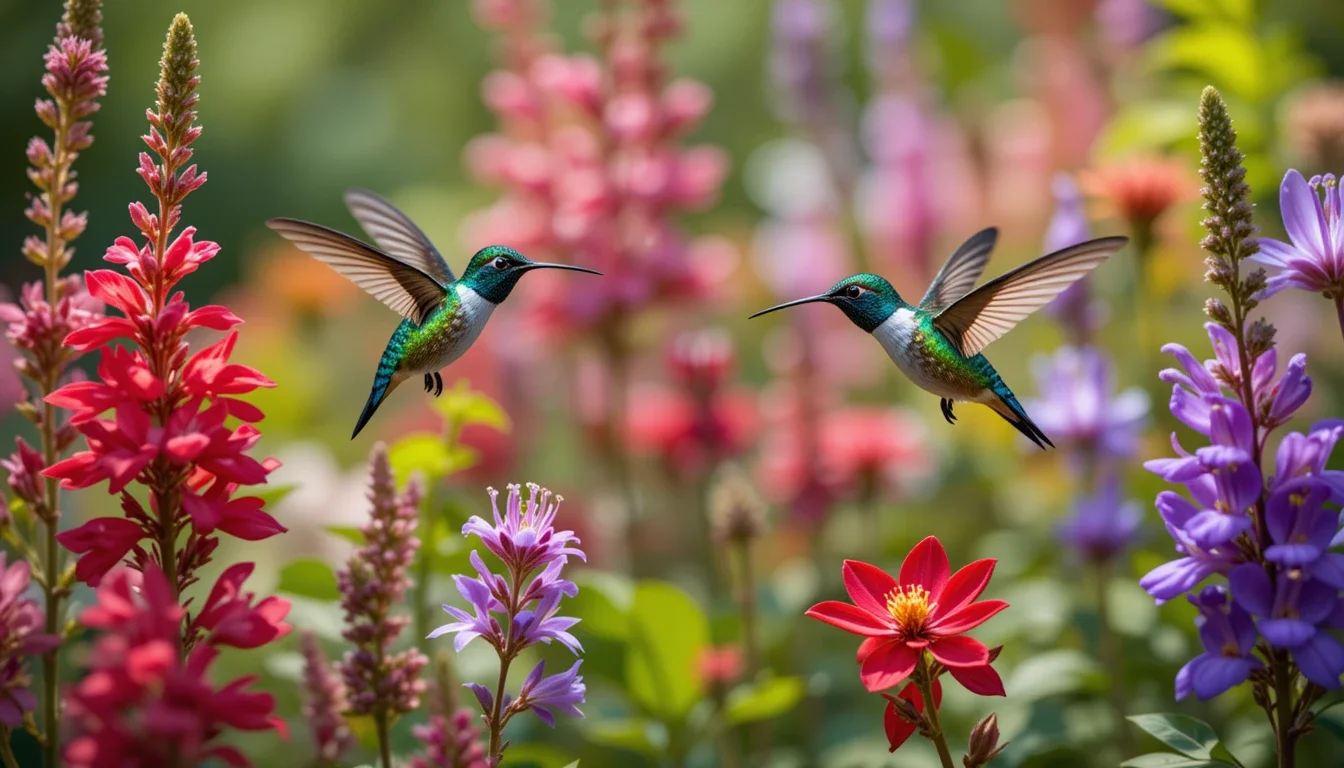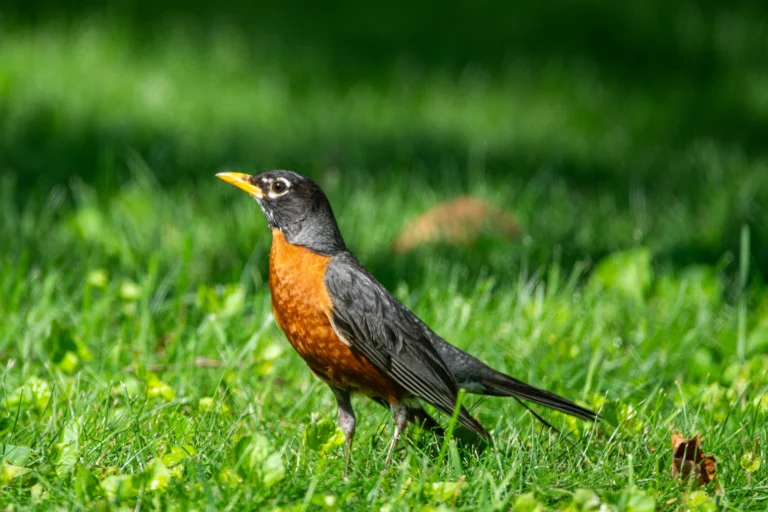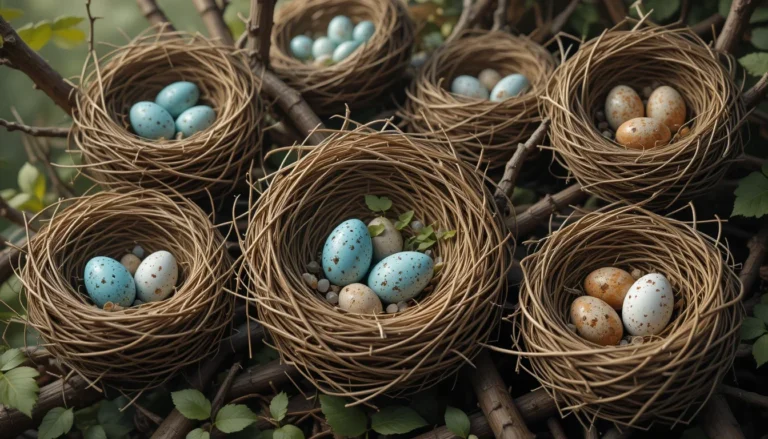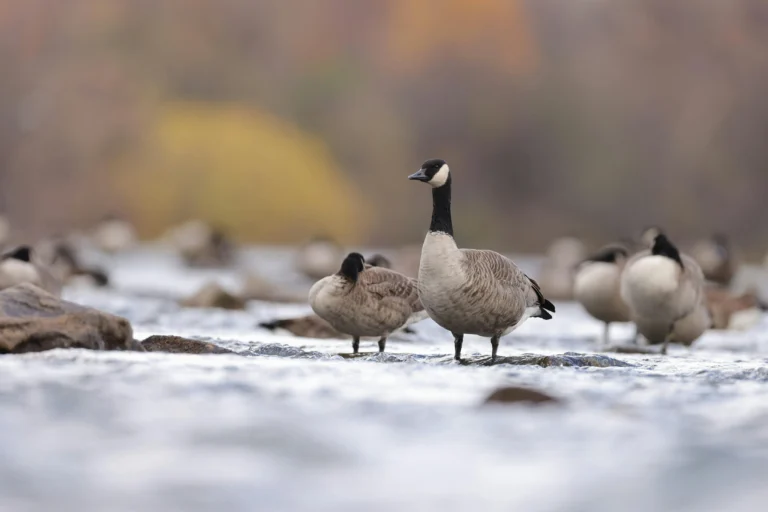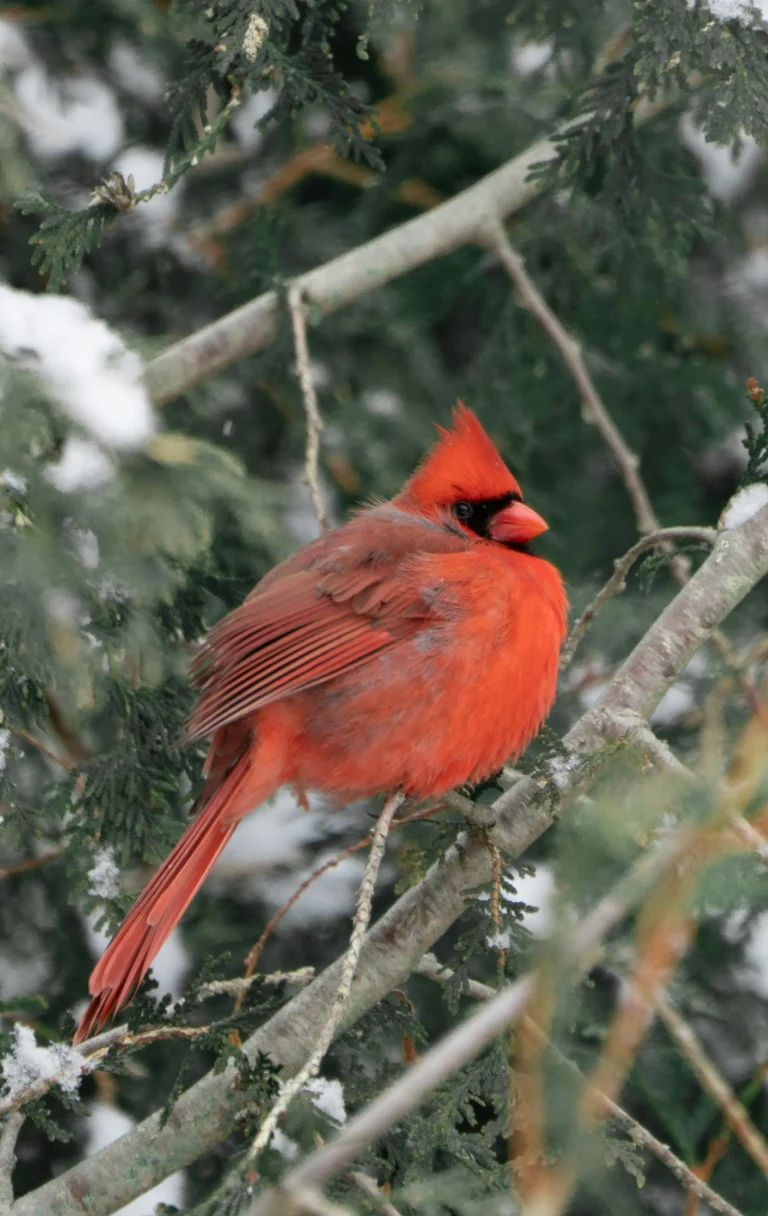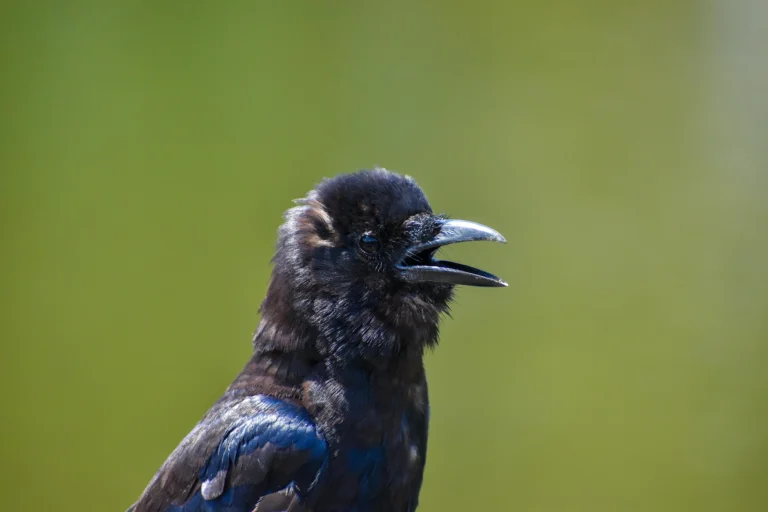Creating a hummingbird-friendly garden isn’t just a delight for bird lovers—it’s an experience that brings color, motion, and a sense of connection with nature. With the right flowers, your backyard can become a buzzing sanctuary for these tiny, vibrant birds. This post covers the best flowers to attract hummingbirds, planting tips, and simple ways to maintain a welcoming garden for these aerial acrobats all season long.
Bright red, tubular flowers are especially loved by hummingbirds because they hold more nectar. Choosing native plants not only supports bird life but also requires less water and maintenance. Whether you’re in a small patio or a spacious yard, the right setup can turn any space into a hummingbird paradise.
Flowers for Hummingbirds
Hummingbirds have extremely high metabolisms. To stay energized, they need to feed almost constantly. Their primary fuel? Nectar. And while feeders can help, nothing beats the nutritional and ecological value of real flowers.
Beyond feeding, flowers provide:
- Safe shelter among stems and foliage
- Natural pollination opportunities
- A pesticide-free food source (when grown organically)
By growing specific plants that attract hummingbirds, you’re supporting local ecosystems and enjoying nature up close
Top 10 Flowers to Attract Hummingbirds
These blooms are beloved by gardeners and hummingbirds alike. They combine visual beauty, nectar richness, and seasonal reliability.
1. Bee Balm (Monarda)
Bee balm is a very popular plant for hummingbird gardens because of how it looks and what it offers. Its flowers look like little fireworks with spiky, colorful petals, which make it stand out in any garden.
The bright red and pink colors of bee balm are especially attractive to hummingbirds because these colors signal nectar-rich food. The shape of the flower is also perfect for a hummingbird’s long beak and tongue, helping them easily sip the nectar.
- It is a perennial, which means once you plant it, it will come back every year without needing to be replanted.
- It blooms in summer, just when hummingbirds are most active and hungry.
- It doesn’t just attract hummingbirds—it also brings bees and butterflies, making your garden full of life and great for pollinators.
2. Salvia (Sage)
Salvia is one of the best flowers you can grow to attract hummingbirds. It comes in many beautiful colors—from deep purple to bright red—which are perfect for catching the attention of these tiny birds.
What makes salvia special is that it’s not only pretty but also very easy to grow. It’s drought-tolerant, meaning it doesn’t need a lot of water once it’s established, so it’s perfect for low-maintenance gardens or hot climates.
- Some types of salvia are annuals (they live for one season), while others are perennials (they come back every year).
- It blooms from spring to fall, giving hummingbirds a steady source of nectar throughout their active season.
3. Cardinal Flower (Lobelia cardinalis)
The Cardinal Flower is a beautiful wildflower that’s native to North America. It has bright red, spike-like blooms that stand out in any garden and are very attractive to hummingbirds. The flower’s shape and color make it easy for hummingbirds to spot and feed on.
This plant loves moist soil, so it grows best in places that stay damp, like near ponds or in rain gardens. If your yard has a wet area, this flower is a great choice.
- It is a perennial, which means it comes back every year.
- It blooms in mid to late summer, providing fresh nectar during a time when hummingbirds are very active.
4. Columbine (Aquilegia)
Columbine is a lovely flower known for its delicate, drooping petals and long nectar spurs—which are like little tubes filled with sweet nectar. These features make it perfect for hummingbirds, who can easily reach the nectar with their long beaks.
The flower has a soft, graceful look, which adds elegance to any garden. It’s also one of the first flowers to bloom in spring, giving hummingbirds an early food source when they return from migration.
- Columbine is a perennial, so it grows back every year.
- It blooms in spring, making it one of the earliest nectar sources in your garden.
- The best colors for attracting hummingbirds are red, pink, or purple, as these shades stand out and signal nectar.
5. Petunias
Many people ask, “Do hummingbirds like petunias?” The answer is yes! But not just any petunias—red and pink ones with a trumpet shape are the best because they hold more nectar and are easy for hummingbirds to drink from.
Petunias are also a great choice because they bloom all summer long, giving hummingbirds a steady food source during the warmer months.
- They are annuals, which means you’ll need to replant them each year.
- You can grow them easily in flower beds, containers, or hanging baskets.
6. Trumpet Vine (Campsis radicans)
Trumpet vine is a strong, fast-growing plant that produces bright red-orange, trumpet-shaped flowers—perfect for attracting hummingbirds. The flower shape is ideal for their long beaks, and the bright colors naturally grab their attention.
If you have space in your garden and something for the plant to climb, like a trellis, fence, or wall, trumpet vine can be a great addition. It blooms from summer to fall, giving hummingbirds nectar during the later part of the season.
- It’s a perennial vine, so it grows back every year and can get bigger over time.
- It’s especially good for vertical spaces or large garden areas.
7. Zinnia
Zinnias are bright, cheerful flowers that are super easy to grow. They come in many colors like red, orange, pink, and yellow—which makes them very attractive to hummingbirds and butterflies.
These flowers are low-maintenance, meaning they don’t need a lot of special care. You can grow them in garden borders or in containers, which makes them perfect even for small spaces like balconies or patios.
- Zinnias are annuals, so they last for one season and need to be replanted every year.
- They bloom from summer until the first frost, offering nectar late into the season.
8. Fuchsia
Fuchsia is a beautiful flowering plant with dangling, bell-shaped blooms—also called pendulous flowers—that come in pink, purple, and red. These colors and shapes are very attractive to hummingbirds, who love to hover and sip nectar from them.
Fuchsia is perfect for hanging baskets, where the flowers can hang down and move freely. This makes it easy for hummingbirds to spot them and feed while flying.
- It is usually grown as an annual in most climates (it doesn’t survive winter in cold areas).
- It blooms from spring through fall, giving a long season of nectar.
9. Coral Honeysuckle (Lonicera sempervirens)
Coral honeysuckle is a beautiful climbing plant that grows along fences, trellises, or walls. It produces red, trumpet-shaped flowers that are perfect for hummingbirds—the shape and color make it easy for them to find and drink nectar.
Unlike some other honeysuckle plants, this one is non-invasive, meaning it won’t take over your garden or harm native plants. It’s a safe and eco-friendly choice for any hummingbird garden.
- It’s a perennial vine, so it grows back every year and gets stronger over time.
- It blooms from spring to fall, giving hummingbirds a long season of food.
10. Hibiscus (Rose Mallow)
Many people wonder, “Do hummingbirds like roses?” The truth is, roses don’t attract hummingbirds much because they don’t have the right shape or enough nectar.
But hibiscus is a different story. This plant has big, colorful blooms, especially in red or pink, which hummingbirds love. The flowers are nectar-rich and easy for hummingbirds to feed from.
- Hibiscus can be perennial (hardy types that survive winter) or annual (tropical types that last one season).
- It blooms from midsummer to fall, which helps feed hummingbirds later in the season.
Pro Tips for Planting a Hummingbird Garden
To make your yard a hummingbird haven, consider these design tips:
1. Use Layers
Plant flowers at different heights—like low ground covers, medium-height plants, and climbing vines.
This creates a natural, forest-like feel that makes hummingbirds feel safe. It also gives them more feeding and resting spots.
2. Go Native
Choose native plants that naturally grow in your area. Why? Because they’re better suited to your local weather and soil. Plus, they usually have more nectar and need less care, making them great for both you and the birds.
3. Avoid Pesticides
Never use chemical sprays in a hummingbird garden. Pesticides can harm hummingbirds directly or kill the tiny insects they eat for extra protein. Stick to natural pest control methods to keep the environment safe.
4. Plant in Clusters
Instead of spreading flowers out, plant them in groups of the same kind. Why? Because hummingbirds can spot large patches of color more easily and won’t waste energy flying around looking for food.
5. Provide Fresh Water
Hummingbirds need water not just for drinking, but also for bathing and cooling off. Place a shallow bird bath, misting fountain, or leafy wet area in your garden. This keeps them healthy and encourages them to stay longer.
FAQs
While they love many blooms, bee balm, trumpet vine, and cardinal flower consistently rank among their top picks due to shape, color, and nectar content.
A combination of bright-colored flowers, tubular shapes, high nectar levels, and fresh water sources creates the ideal environment.
Red, followed by orange and pink, are the most attractive. They are naturally drawn to these hues.
No. Banana peels may attract insects, which hummingbirds sometimes eat, but they don’t directly attract hummingbirds.
Nectar is their primary food source. While flowers provide it naturally, sugar-water feeders (4 parts water to 1 part plain sugar) can supplement.
Final Thoughts
You don’t need a massive yard to make an impact. Even a few planters filled with the best flowers for hummingbirds can invite these dazzling birds to visit you daily. By growing real, nectar-rich blooms like bee balm, salvia, and fuchsia, you’re not only beautifying your space but contributing to hummingbird conservation. Remember, native and organic gardening practices are key.
So grab your gloves, pick your blooms, and start building a garden that hums with life.

